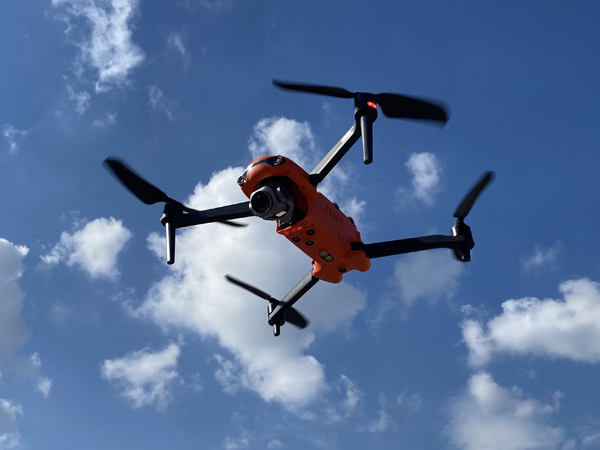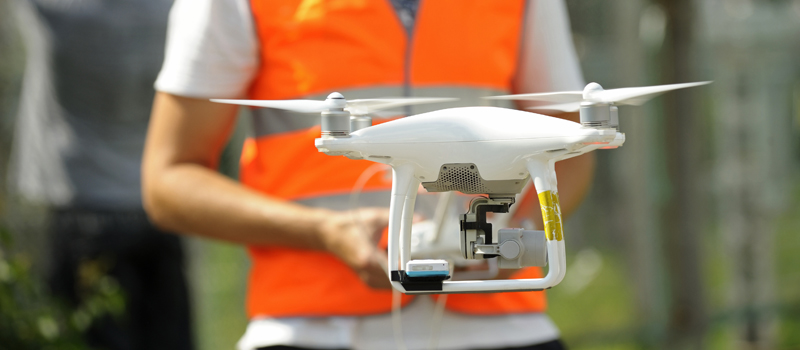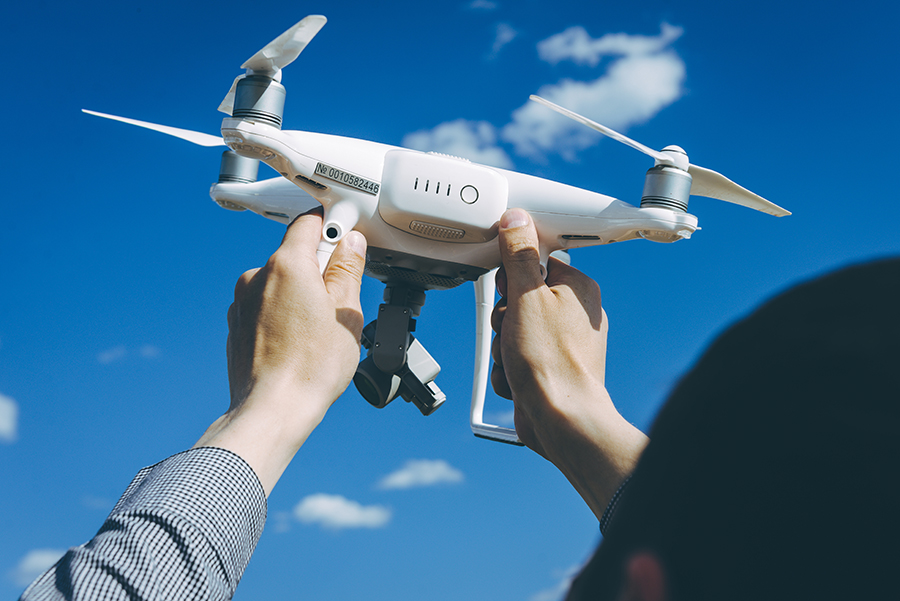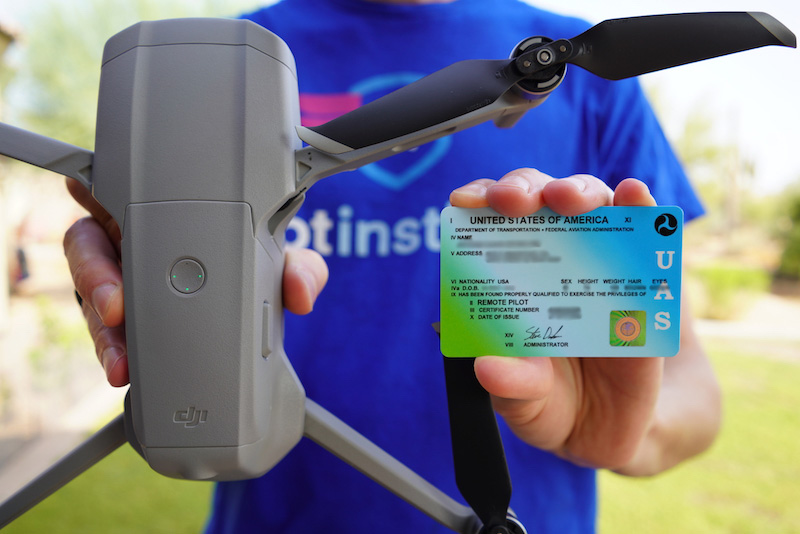In the last week of July 2021, Autel announced that the Evo 2 drone will be receiving an update for the No-Fly Zone database via a firmware update. This is quite similar to how DJI implements their geofencing feature, although there is enough difference between the two to warrant some distinction in terminology.
How exactly does the No-Fly Zone feature in the Autel Evo 2 drone works? Will the feature effectively prevent you from flying into these pre-identified zones? Why was such a feature added in the first place?
Details of the database update
The No-Fly Zone database update comes with firmware version 2.725. This is a compulsory update that also comes with new camera modes, safety features, and quality of life upgrades. The update only applies to drone pilots in the countries that require the identification of No-Fly Zones, namely the US, Japan, China, and Australia.
The way that the feature works is that the app gives a notification or warning should you be flying within a No-Fly Zone. This is based on the GPS location of the drone and not the controller.
The ability to identify No-Fly Zones isn’t exactly a new concept to Autel. The original Evo had such a feature, albeit it was only implemented in countries that enforced such a rule. At that time, this only applied to China.
How it is different from DJI geofencing
This update is significant because it seems like this is the first step towards Autel drones having a true geofencing feature. For years, Autel has advertised their drones as having ‘no restrictions’ to set them apart from DJI. Just to be clear, Autel’s No-Fly Zone feature is still very different from DJI’s geofencing feature.
DJI drones are restricted from taking off in identified No-Fly Zones. This is based on DJI’s very own No-Fly Zone map, called the Flysafe Geo Zone map. Under the DJI system, drone pilots will either need to get prior clearance before flying in an area or receive a visual warning of any possible hazards.
Autel’s feature has no such restrictions on drone flight. You will still be able to launch your drone even if you’re doing so within a No-Fly Zone. However, the app will notify you of any airspace-related warnings.
How does this affect Autel drone owners?

Right now, the feature does not interfere at all with the experience of flying the Autel Evo 2 drones. You will just be receiving a notification. However, one cannot discount the fact that a No-Fly Zone map is basically the backbone of a possible geofencing feature.
It’s unfair to assume that this feature will eventually evolve to full-on geofencing, just like the way that DJI is doing it. Still, this is a possibility worth considering.
According to Autel’s official announcement, the feature “will allow users in countries with No-Fly Zone laws and regulations to apply for a waiver if required by their local government”. It appears that Autel does not intend to impose flight restrictions for their drone pilots unless it is demanded by local or federal laws.
At the moment, this should not be a reason for people to turn away from the Autel brand. The feature is a positive, considering how it can warn you of any airspace-related restrictions or hazards. Extra information is never a bad thing.
From a marketing perspective, this does make a dent in Autel’s claim that they are “geofencing-free”. The truth is that such a claim will have to be amended when the time comes when governments around the world start enforcing limitations similar to geofencing.
Final thoughts
For years, DJI has been the only drone brand to double down on their use of geofencing. This has not exactly been a popular move and has given way to other brands leveraging on the fact that they have no geofencing features.
With the recent move of Autel to implement a No-Fly Zone database in the Evo 2, it seems that other drone brands will have to follow suit. It’s unfortunate but more restrictions on drone flight seem inevitable. This does not necessarily need to be a bad thing – there is probably a way to develop a system that promotes airspace safety but is not inconvenient to drone pilots.







